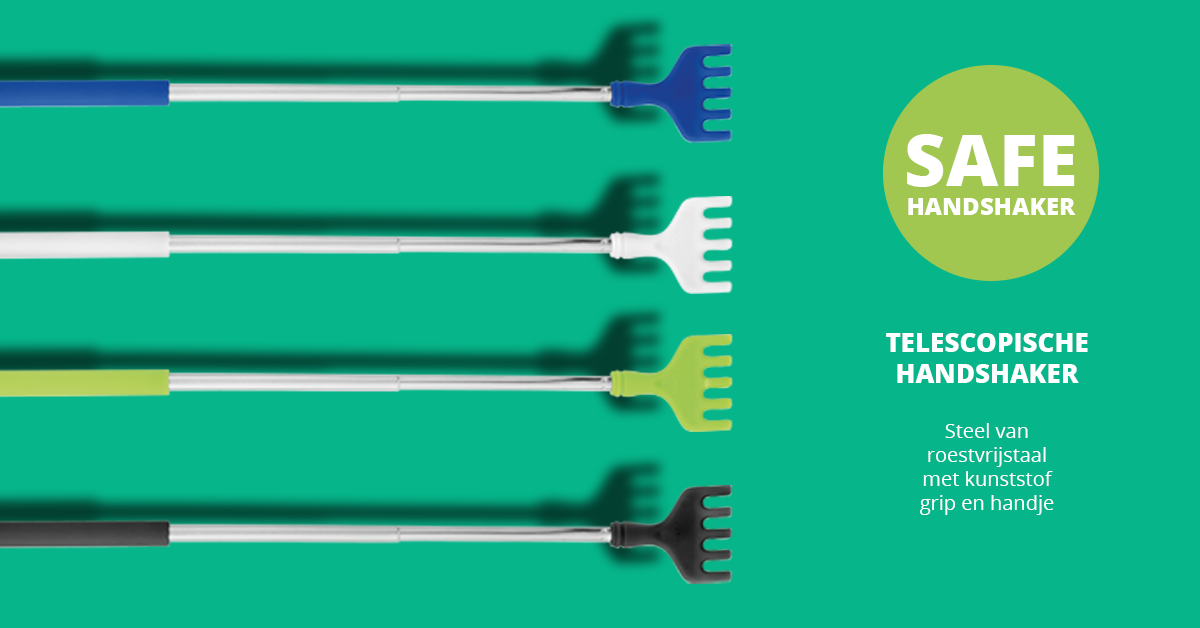

- Old versions of handshaker install#
- Old versions of handshaker update#
- Old versions of handshaker Patch#
- Old versions of handshaker upgrade#
- Old versions of handshaker windows 10#
The Browser Exploit Against SSL/TLS (BEAST) attack was disclosed in September 2011. Some TLS 1.0/1.1 implementations are also vulnerable to POODLE because they accept an incorrect padding structure after decryption.If a client requests a TLS protocol version that is lower than the highest supported by the server (and client), the server will treat it as an intentional downgrade and drop the connection. Most current browsers/servers use TLS_FALLBACK_SCSV. If you must use an older version, disable SSLv2 and SSLv3.
Old versions of handshaker upgrade#

This could easily be a password, a cookie, a session, or other sensitive data. Using automated tools, an attacker can retrieve the plaintext character by character. The attacker does not need to know the encryption method or key. This means that once every 256 requests, the server will accept the modified value. It takes a maximum of 256 SSL 3.0 requests to decrypt a single byte. That means that the server cannot verify if anyone modified the padding content.Īn attacker can decipher an encrypted block by modifying padding bytes and watching the server response. It only checks if padding length is correct and verifies the Message Authentication Code (MAC) of the plaintext. The server ignores the content of padding. If data in the last block is not a multiple of the block size, extra space is filled by padding. Block ciphers require blocks of fixed length. The SSL 3.0 vulnerability is in the Cipher Block Chaining (CBC) mode. An attacker intercepts the traffic, performing a man-in-the-middle (MITM) attack, and impersonates the server until the client agrees to downgrade the connection to SSL 3.0. The client initiates the handshake and sends a list of supported SSL/TLS versions. The POODLE vulnerability is registered in the NIST NVD database as CVE-2014-3566. The second factor is a vulnerability that exists in SSL 3.0, which is related to block padding. The first factor is the fact that some servers/clients still support SSL 3.0 for interoperability and compatibility with legacy systems. The Padding Oracle On Downgraded Legacy Encryption (POODLE)attack was published in October 2014 and takes advantage of two factors.
Old versions of handshaker update#
You can find the complete list of fixes and improvements included with the KB5018496 preview update in this support bulletin.Note - Due to the complexity of attacks and vulnerabilities that they exploit, descriptions are simplified and based on web examples (web client and web server).
Old versions of handshaker install#
To install them, you must download them from the Microsoft Update Catalog and import them into WSUS and Microsoft Endpoint Configuration Manager. These updates can't be installed via Windows Update, Windows Update for Business, or Windows Server Update Services (WSUS). WindLTSB Windows Server 2016: KB5020439.
Old versions of handshaker windows 10#
Windows 10 Enterprise LTSC 2019 Windows Server 2019: KB5020438.

Old versions of handshaker Patch#
Microsoft has addressed a known issue that triggers SSL/TLS handshake failures on client and server platforms with the release of the KB5018496 preview cumulative update.Ĭaused by Windows security updates released during this month's Patch Tuesday, on October 11th, the issue has now also been fixed on Windows 11 22H2 systems.


 0 kommentar(er)
0 kommentar(er)
